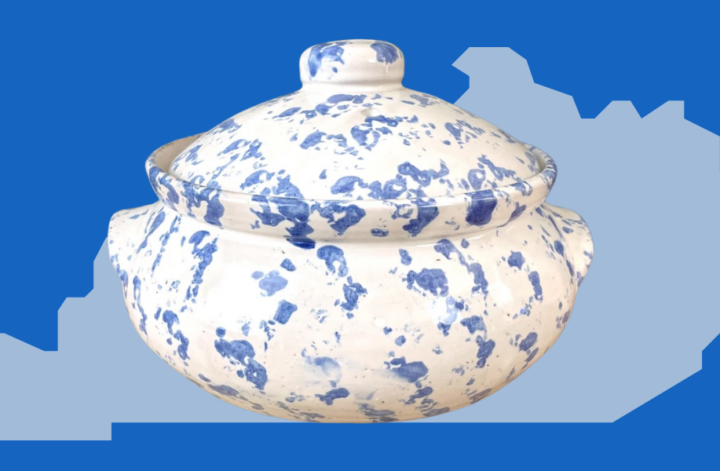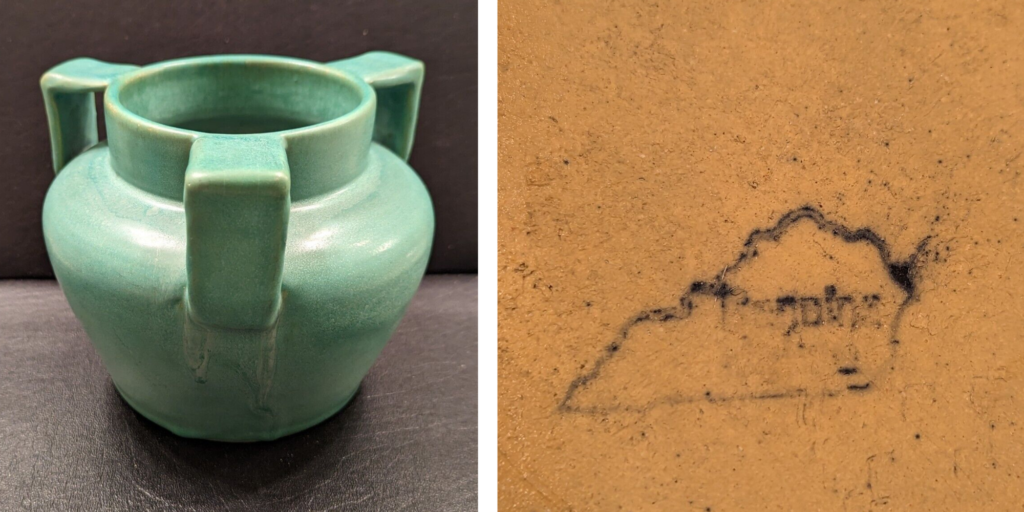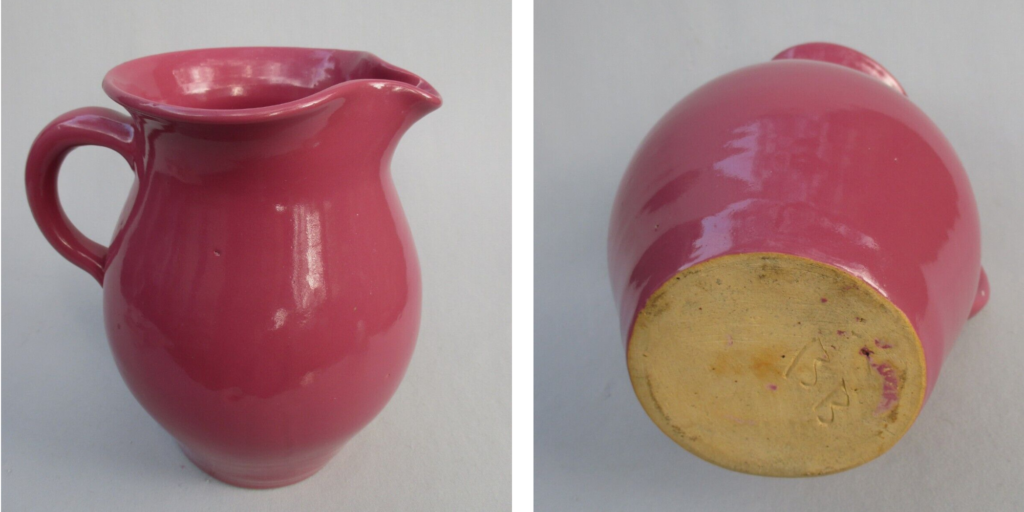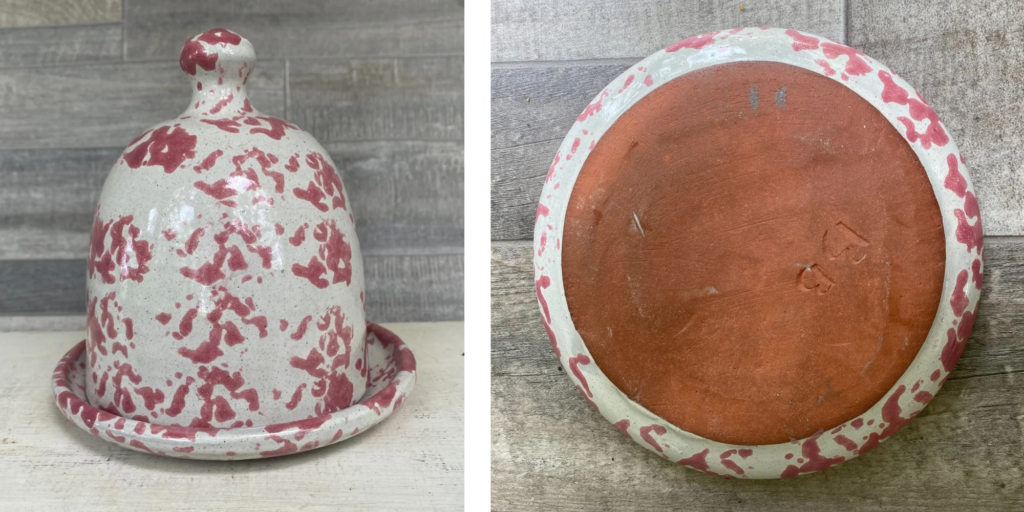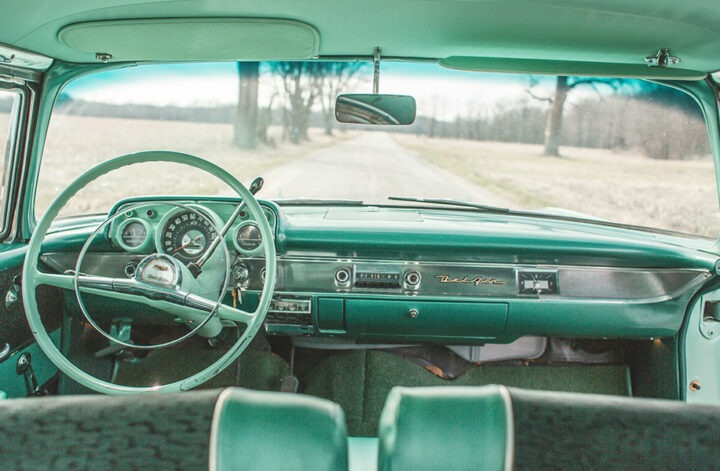Few American companies that can trace their history back to the early 1800s, but Kentucky stalwart Bybee Pottery aka Cornelison Pottery is one of them. (Others you might know include King Arthur Flour, Crane & Co., Pfaltzgraff, Remington, Colgate and Dupont.) Producing sturdy, chunky hand thrown pottery vessels made on the wheel in Bybee, KY, it is pottery with long roots stretching back to 1809 according to local lore, although sales records document the company from 1845 on. Founded by Webster Cornelison, the pottery was run continuously by six generations of the same family.
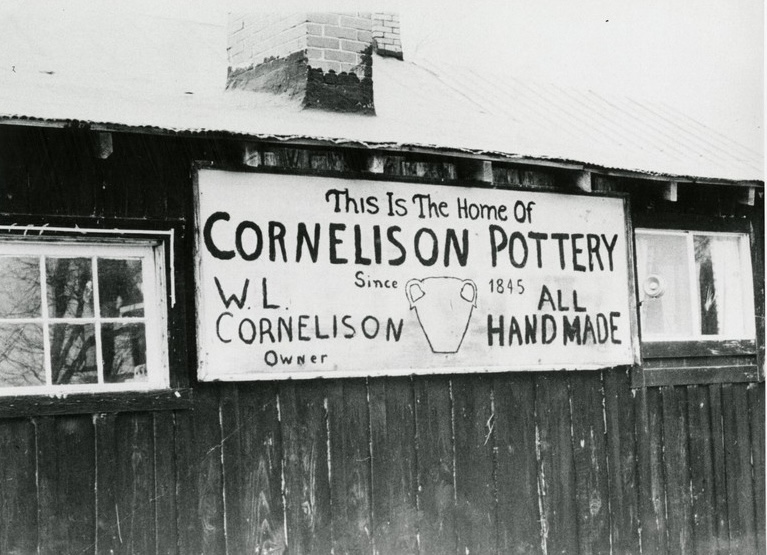
Bybee, KY was an ideal place to make pottery because of the white, soft kaolin clay deposits in the area. Pieces were thrown in a log building that was registered on the National Register of Historic Places in 1978. The most interesting detail from the nomination form is that, although there have been additions, there aren’t any alterations other than “the gradual accumulation of several inches of clay on the floor, the result of over a century’s potting.” It does not get more authentic than that.

The earliest pieces made by Bybee were salt glazed useful things including fruit jars and crocks. It was never a fine, delicate pottery. Pieces were historically described as “heavy-handed” because they were thick and rustic. That style continued right up to the modern era, although the orange peel textured salt glaze was replaced by traditional glazes.
An astonishing fact is that the process of making Bybee pottery changed very little over its history. From the 1800s until the 1950s, the clay was dug, mixed with water and processed in a “pug mill” that was driven by a single horse walking around in a tight circle. Not exactly stimulating for the horse, but apparently efficient.
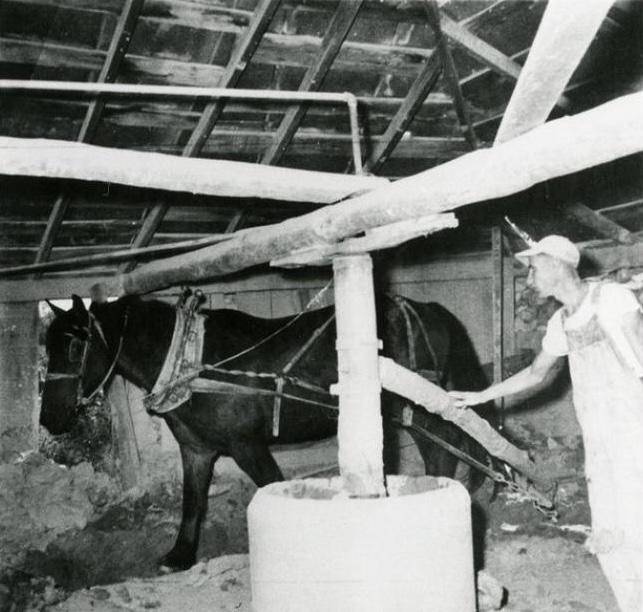
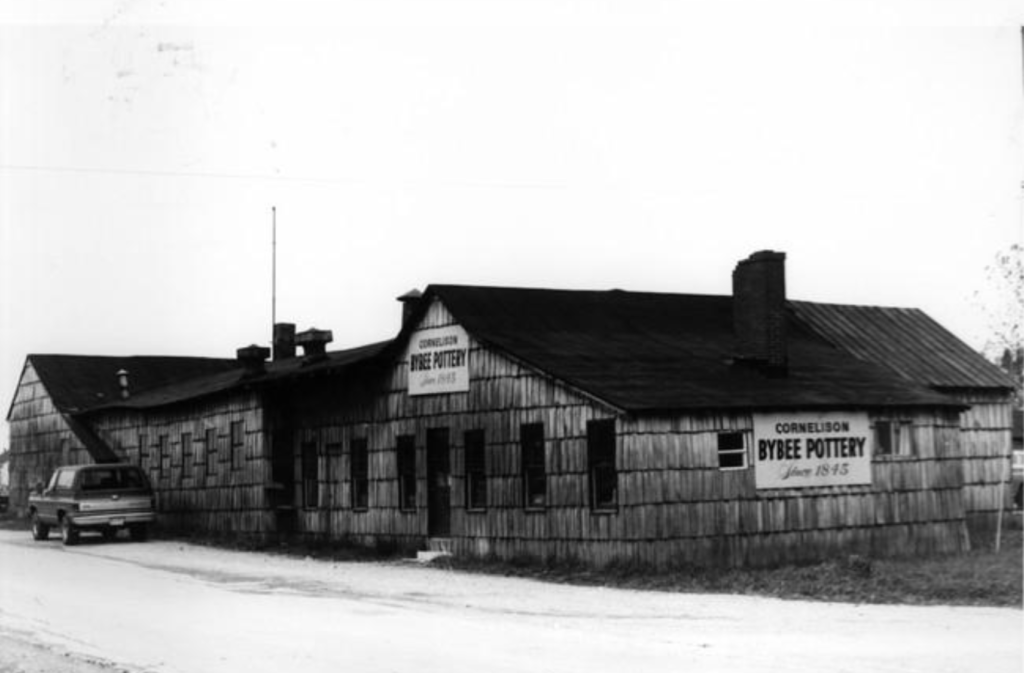
As a pottery that went through 600 pounds of clay a day, with all pieces made by hand, Bybee not a small operation, but it was one that remained firmly committed to tradition. The pieces made continued to be useful things throughout the life of the company and it never strayed from its original location, it just built on and kept on going.

The modern heyday of Bybee Pottery was the 1980s, when folk art and rustic handmades were much in demand. Times and tastes change, which may be one of the reasons Bybee pottery ceased operation in 2011. But the legacy lives on with a couple centuries of their work to be appreciated, used and collected.
Collecting Bybee Pottery
With a company history as long as Bybee’s, there is lots of it out there, with higher prices for antiques and rarer forms and more modest prices for more plentiful modern pieces. The marks used by the company are many and varied. Some modern pieces are not marked at all, regrettably, but the chunkiness and durability of the form makes it relatively easy to recognize.
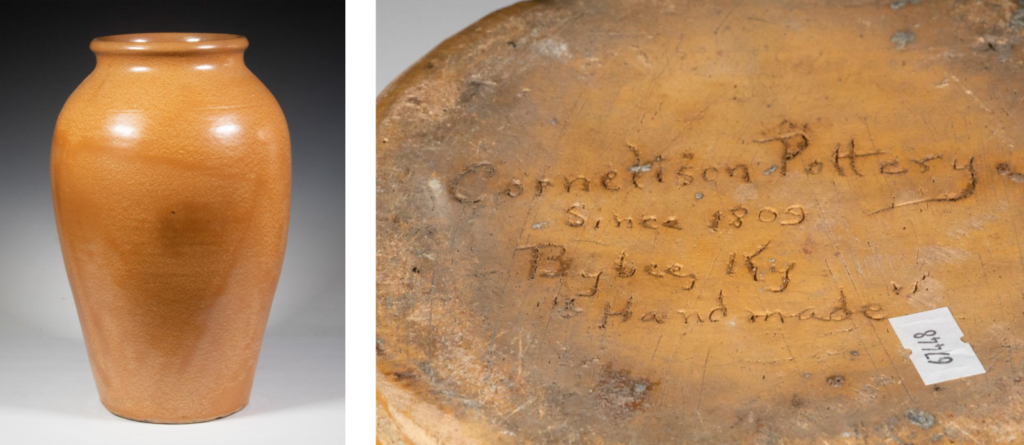
Cornelison Art Pottery floor vase, 18″ tall, sold by the Thomaston Place Auction Galleries in Maine for $1500.
Antique 3 handle arts and crafts Bybee vase from ebsantiques on eBay, $395.

Walter Cornelison mixing or serving bowl, 14″ diameter.
1950s Bybee pitcher from 5ptsAntiques on eBay, $49.99.
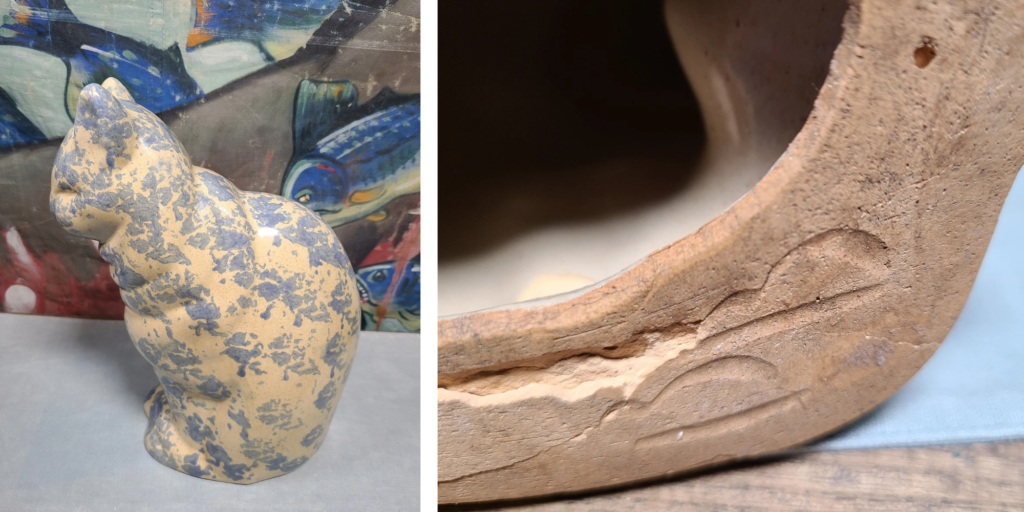
1970s Bybee cat figurine from RelicsAntiques on Etsy, $149.99.
Bybee pink spongeware cheese dome from RaspberryRoadVintage on Etsy, $42.
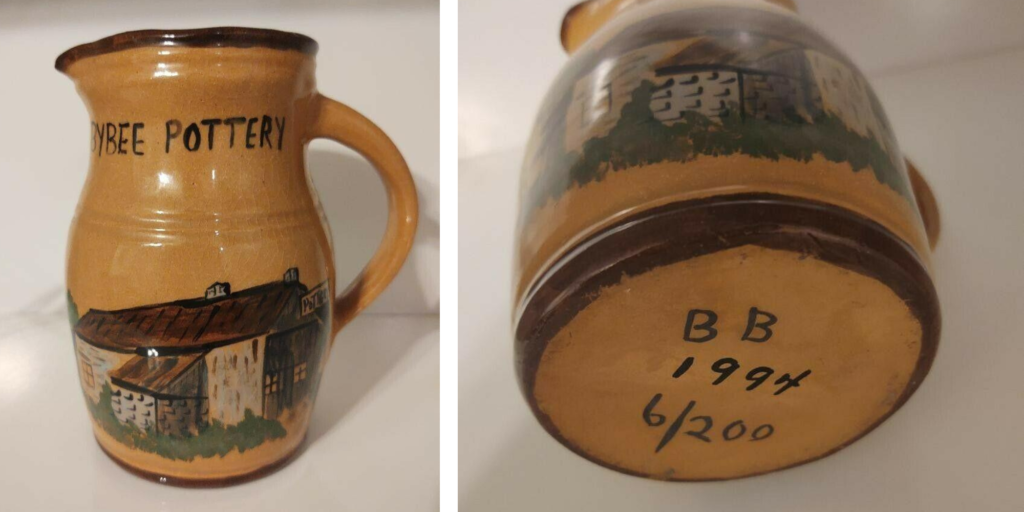
1994 limited production Bybee pitcher, sold for $788 on eBay in 2021.
1990s Bybee wren oval dish from NextStage Vintage, $45.
Useful sites with useful historical information about useful Bybee Pottery
The National Register of Historic Places Register – Nomination Form, created in 1976 by Kentucky Heritage Commission Archeologist Frederick T. Wilson, was useful in writing this post. The highlighted quotes are from said form. There are other nuggets in the nomination form worth reading if you want to dive deeper into Bybee Pottery.
Eastern Kentucky University digital archives hosts several historic photos of the Bybee facility from 1900-1971.


